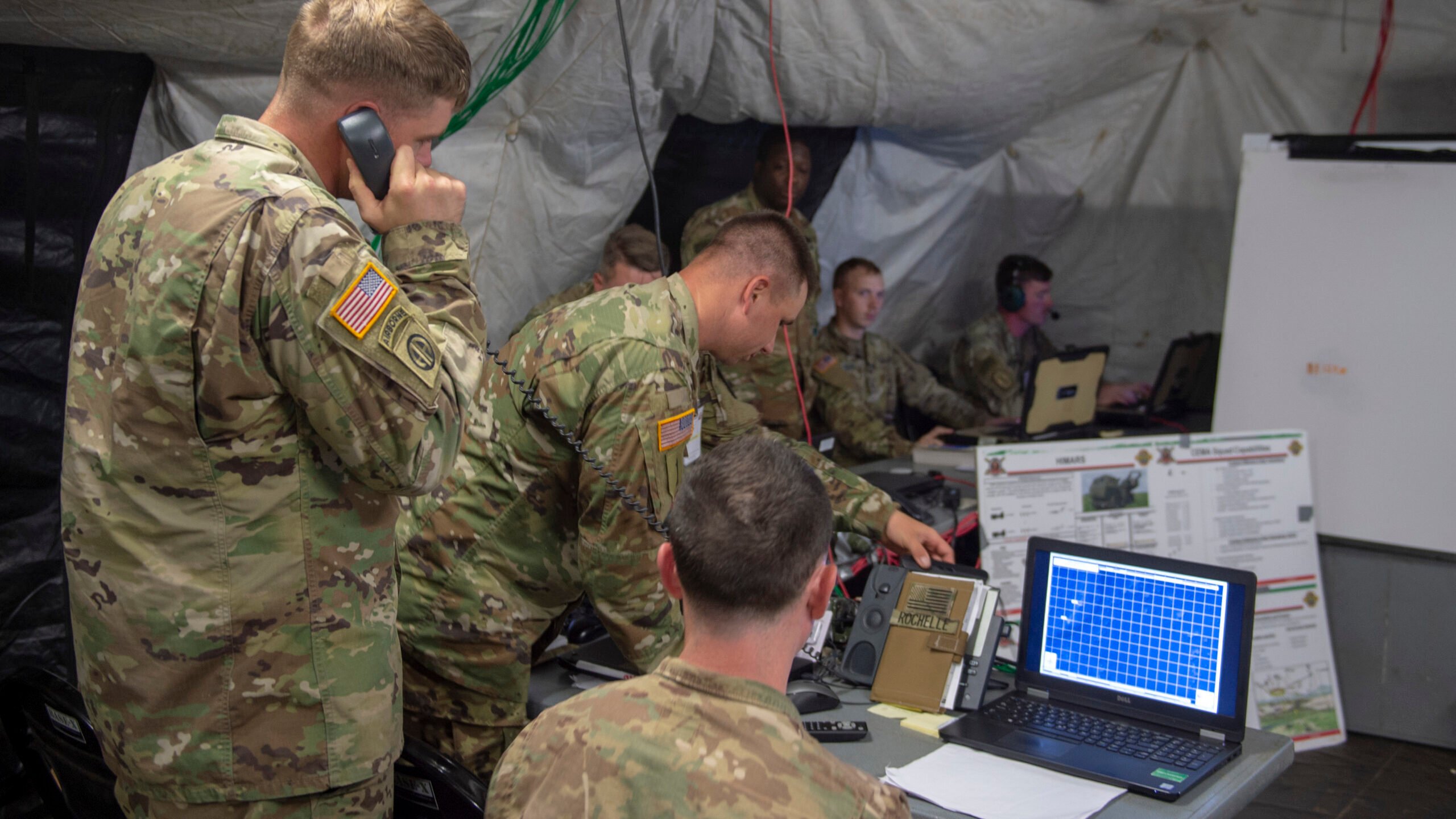ANDREW EVERSDEN

WASHINGTON: The US Army will deliver a tactical cloud capability to its two Multi-Domain Task Forces in 2022 as the service prepares its networks for multi-domain operations, according to a top Army official involved in the effort.
The cloud deployments are meant to provide service leaders data on how to best optimize their IT infrastructure as the service continues a vast overhaul of its network and how it provides soldiers and commanders with information — widely seen as the key to future conflict.
“As we go into our next fight, whatever it is, it will be against an adversary who can contest us and will cause periods of degraded communication,” Lt. Gen. John Morrison, deputy chief of staff for the G6, said. “And so it really comes down to where do you have to have the data? Where do you need to have compute and storage so that when you are operating in that degraded environment, you’re able to still conduct operations? If we just do everything in the cloud, if a unit was to get cut off and not have connectivity back to the cloud, wherever it is, then obviously, they become mission ineffective.
“We’ve got to find that right balance that allows us to really take the power of the cloud and the capabilities that will be resonant there and apply them at the point of need,” he said.
The new clouds come as the service continues a broad IT modernization effort that sees the Army trying to link its enterprise and tactical networks to prepare for the multi-domain battlefield, allowing improved situational awareness for both soldiers on the battlefield and commanders. MDTFs are new Army formations meant to constantly contest adversaries across domains. The Army has one MDTF focused on the Indo-Pacific and another on Europe.
Morrison told reporters that the Army decided in the last two months to “anchor” the service’s mission data and cloud efforts to the Multi-Domain Task Forces. The service has also identified a series of exercises to develop those capabilities over the next two years, though he didn’t provide specific details.
“It will be anchored to the Multi-Domain Task Forces so we can increase the numbers of reps and sets, and, quite frankly, increase our learning opportunities as we really work through how do we enable data at the edge so that we can significantly increase our ability to see, sense, understand, decide and act and achieve decision dominance that we’re going to need to for multidomain capable force,” Morrison said.
The Army laid the groundwork for its IT modernization this year through the release of its Unified Network Plan and its separate, broader Digital Modernization Strategy that both outlined the service’s route to IT modernization and multidomain operations. The tactical cloud pilot is a key piece of the Unified Network plan.
“That’s going to put pressure on what we need to do from a unified network perspective so we can provide that secure highway with the right guardrails,” Morison said. “That synchronization is going to be absolutely critical.”
Morrison also announced that the service is expanding a bring-your-own-device pilot program that allows soldiers to do work from personal devices. The Army initially kicked off the pilot earlier this year with the National Guard and had positive results.
“It was clear that the ability for users to bring their own approved devices and enabling access to email and other collaboration tools is something that, you know, we should support on an enduring basis,” Army CIO Raj Iyer said on the call.
The CIO of the National Guard told reporters that the BYOD capability was useful for the guard in a year that saw the most Guard mobilizations since World War 2.
“[For] a lot of the soldiers that were mobilized it is very helpful to have a capability on their personal devices when they are deployed from their full time jobs,” said Kenneth C. McNeill, National Guard Bureau CIO and J6.
Iyer said that the next pilot will be expanded to more units in the guard and reserve.
He also said the service will “aggressively” close data centers as the service continues to move its systems to the cloud, with cost savings from the closures driving more data center closures in fiscal 2023.
No comments:
Post a Comment